How to Grow Your Retirement Funds if You are Over 55

So, you are over 55 and suddenly realize you are playing catch-up with your retirement savings. Maybe you are wondering if you have missed the boat, or worse if you will be stuck working forever. It is a stressful place to be, no doubt. But take a deep breath. You are far from alone. Many people reach their 50s only to realize their retirement nest egg is not quite where they hoped it would be.
Maybe you never had a stable career, faced financial emergencies, or just never got around to saving consistently. Whatever the reason, the important thing now is this – you are here, and you are ready to take control.
The good news? It is not too late. At 55+, you still have time. In fact, you also have some unique advantages that can help you turn things around.
All you need is a focused plan, a few smart moves, and maybe consider hiring a financial advisor.
For now, let's skip the guilt and get straight to the solution.
Here's how you can grow your retirement savings starting at 55:
1. Start with the basics – Max out your 401(k)s, 403(b)s, government 457 plans, Thrift Savings Plans (TSPs), and Individual Retirement Accounts (IRAs)
When we said you have a unique advantage at 55+, we were not joking. You may not be in your 20s anymore, but guess what? You now have access to something that younger workers do not - catch-up contributions. These can be a total game-changer if you are serious about boosting your retirement savings.
If you are not familiar with the term, catch-up contributions are additional amounts that you are allowed to contribute to certain retirement accounts once you turn 50. These can be your chance to bulk up your savings before retirement. The extra contributions can make all the difference. Let's break it down.
If you are participating in a 401(k), 403(b), a government 457 plan, or the TSP, your regular annual contribution limit for 2025 is $23,500. But since you are over 50, you can tack another $7,500 as a catch-up contribution. This way, you can contribute a total of $31,000 a year. This can be a great opportunity to build momentum as you approach retirement.
Now, let's talk about IRAs. The standard contribution limit for an IRA is $7,000 for 2025. If you are 50 or older, you can contribute an additional $1,000, bringing your total annual IRA contribution to $8,000. While it may not sound like a lot compared to 401(k) contribution limits, remember that this can be done for both a traditional IRA and a Roth IRA (as long as you are eligible), which gives you flexibility with taxes. So, you can either defer them now or avoid them later in retirement, depending on whether you select a Roth or a Traditional IRA.
Here's why these contribution limits really matter:
Let's say you max out your 401(k) with $31,000 a year for the next 10 years. That's $310,000 in contributions alone, and that is before accounting for investment growth and employer matches. Even with employer matches alone, you could earn a lot more. Companies offer employer matches to boost employee satisfaction, lower attrition rates, and keep you motivated. A lot of companies provide these matches, and if you are among the lucky ones who get them, a catch-up contribution, along with the employer match, is a match made in heaven. If you also contribute $8,000 per year to an IRA during the same period, that is an additional $80,000. Altogether, you could be looking at a potential boost of $400,000 or more to your retirement portfolio by the time you are in your mid to late 60s.
This stage of life is often when your expenses start stabilizing. Your kids could have moved out, so you do not need to worry about their day-to-day expenses. The mortgage is likely nearly paid off. So, you could have some free cash. You may even finally be earning more than ever before, given your experience. Redirecting some of your income into your retirement accounts is one of the cleverest moves you can make right now.
2. Open an IRA now! This is the silver bullet you need for a secure retirement
Why do you need to open an IRA at 55+? Because that is where you get flexibility and tax advantages that a 401(k) may not offer.
Let's talk about why opening an IRA matters.
An IRA gives you an additional place to stash money for retirement with potential tax benefits. It can complement your 401(k) beautifully and give you more control over your investments.
There are two main types of IRAs - Traditional and Roth. Each comes with its own benefits and, yes, a few rules too. But do not worry, we will break them down for you.
Let's start with the Traditional IRA, where you basically deduct your contributions from your salary today, which lowers your taxable income. Your money then grows tax-deferred until you withdraw it in retirement, when it is finally taxed as ordinary income. Sounds simple, right? Well, there is a bit more that you need to know. Whether or not your contributions are fully deductible depends on your income and whether you or your spouse is covered by a workplace retirement plan. Here's how the numbers shake out for 2025:
- Single filers with a retirement plan at work can deduct fully if their income is below $79,000. The deduction phases out between $79,000 and $89,000.
- Married couples filing jointly, where the contributing spouse is covered by a plan, face a phase-out between $126,000 and $146,000.
- If you are not covered, but your spouse is, you can deduct fully if your joint income is under $236,000, with the phase-out ending at $246,000.
- If you are married, filing separately, and are covered by a plan, unfortunately, your deduction phases out between $0 and $10,000, which basically means you get little to no deduction unless your income is extremely low. But if neither you nor your spouse is covered by a retirement plan at work? Good news is that you can deduct the full amount, no matter your income.
Now, let's move to the Roth IRA. With a Roth, you do not get a tax deduction upfront, but your money grows tax-free. Qualified withdrawals in retirement are completely tax-free, too. It is a good option if you expect to be in a higher tax bracket later or just want to avoid taxes on your retirement withdrawals. However, Roth IRAs also come with income limits. For 2025:
- If you are single or a head of household, the phase-out range is $150,000 to $165,000.
- If you are married, and filing jointly, it ranges from $236,000 to $246,000.
- Married, filing separately? Same story as with Traditional IRAs. Your phase-out range is between $0 and $10,000.
If your income falls outside these ranges, do not panic. There are strategies like the backdoor Roth IRA that can still help you get Roth benefits. But it is wise to talk to a financial advisor first.
There is another type of IRA, known as the Savings Incentive Match Plan for Employees or SIMPLE IRA. You can use this if you are self-employed or work for a small business. The contribution limit for 2025 is $16,500, and if you qualify under specific provisions of the SECURE Act 2.0, you could contribute up to $17,600.
3. This may not be the best time to DIY your plan. Instead, bring a professional on board
At this point in your life, you are probably laser-focused on cutting back on unnecessary expenses. And that is great! You should prioritize where your money goes. But not every cost is a bad one. Some are actually strategic moves that help you avoid much bigger mistakes down the line. Hiring a financial advisor falls into that second category.
Yes, it may feel like an added expense right now. But the benefits of hiring financial advisors, especially when you are nearing retirement, overshadow the fees you pay. You do not have the luxury of time to recover from missteps right now. This is not a trial-and-error phase.
Here are some benefits of a financial advisor that can make a difference if you are 55+:
- They help you diversify intelligently: How much of your portfolio should be in stocks, bonds, real estate, or cash? That depends on your age, your risk tolerance, and your retirement goals. A financial advisor can tell you precisely what allocation works best for you right now.
- They stay on top of changing rules: Did you know that 401(k) and IRA contribution limits change almost every year? If you are not paying attention, you could easily miss the chance to contribute more or qualify for a higher employer match. A financial advisor can help you understand the latest rules and make sure you are taking full advantage of what the system allows.
- They bring structure to your budget: Budgeting might seem simple, but it is anything but easy. A financial advisor can sit down with you and show you exactly where to cut back and where to stay the course. They can help you prioritize the spending that matters and stay consistent with your savings.
If you find yourself asking, "Do I need a financial advisor in retirement?", the answer is a simple yes for all the reasons highlighted above. Sometimes, you also just need someone to hold you accountable. Having a professional you regularly check in with keeps you on track, focused, and motivated.
Here are some things you should avoid in your 50s if you want to retire comfortably:
- Do not spend more than you need to: Now is not the time to splurge on wants over needs. Being frugal is the smartest thing you can do with your money to ensure it lasts. Take a close look at your expenses and cut out the fluff. Unused subscriptions? Cancel them. Impulse online shopping? Rein it in. Thinking of buying a brand-new car? Maybe consider a reliable two-year-old vehicle instead. It will still get you from point A to B, but you will save money that could go toward your future. Small changes like these can make a big impact over the next 10 to 15 years and help you retire comfortably.
- Do not be lazy about taking action: It is very tempting to keep putting things off, whether it is opening that IRA, maxing out your 401(k), or sitting down to review your budget. But you do not have the luxury of waiting. If you have been telling yourself you will get serious soon, this is your wake-up call. There is no better time than right now to take control of your finances. Prioritize yourself, your goals, and your peace of mind. No one else is going to do it for you.
- Do not ignore your own needs for the sake of others: If you are a parent, you probably want to do everything you can for your kids. You may want to help with college fees, support them through career changes, and maybe even help with their rent. But if supporting your children is putting your own retirement in jeopardy, it is time to rethink. If you drain your savings now, you might find yourself relying on them later, which could create even more stress for everyone involved. Now is the time to focus on your own future.
Being 55+ puts you in a powerful phase of life. You have the advantage of experience, greater clarity about what you want, and usually a more stable career than you did in your 20s or 30s. Plus, you may now have resources you did not have earlier. You have a better income, fewer family expenses, and possibly a stronger sense of financial discipline.
You can invest more. You can take advantage of catch-up contributions. And you can make smarter decisions, thanks to the perspective that comes with age.
All you need now is a little motivation and the right moves. Do not hesitate to bring a financial advisor on board to guide you through this journey. Use our free advisor match tool and find a suitable professional who can guide you into your retirement years with peace of mind.







.jpg)

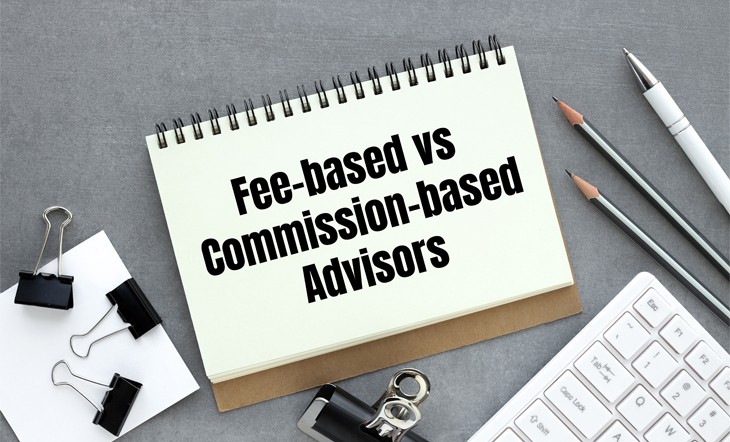










.jpg)


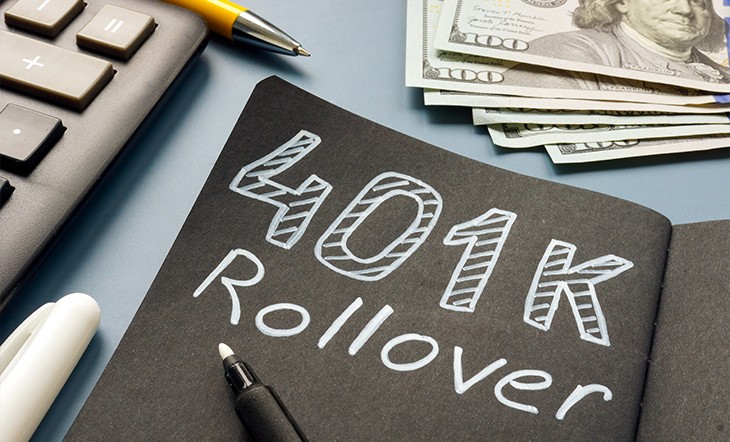



.jpg)


.jpg)


.jpg)

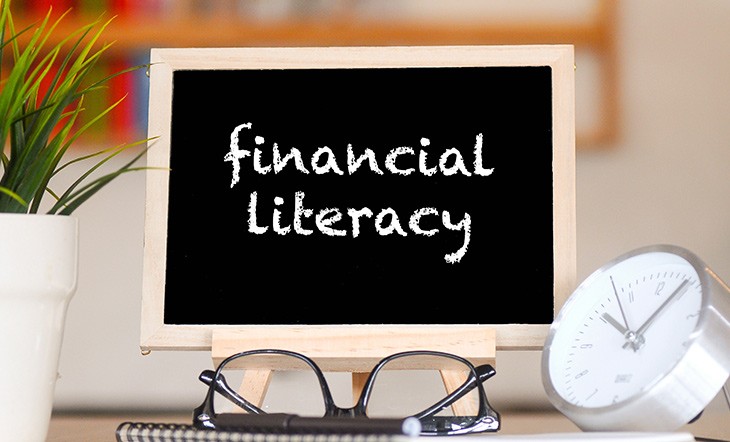












.jpg)
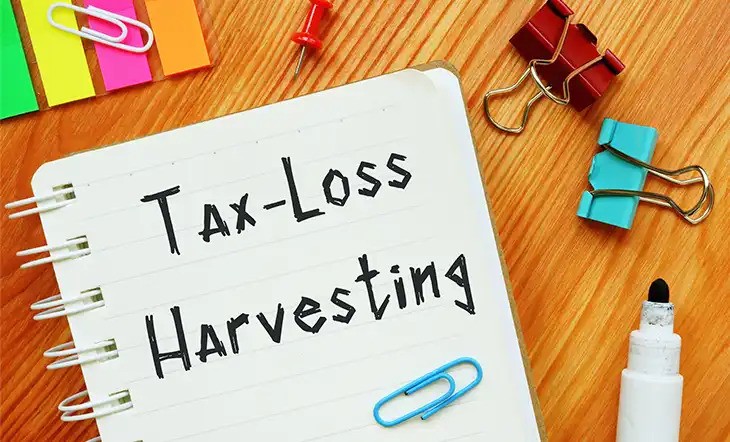



.jpg)






.jpg)

.jpg)




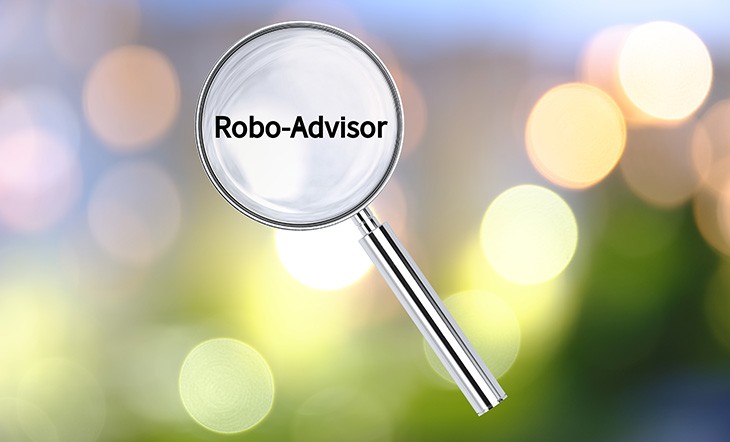


.jpg)

.jpg)






.jpg)
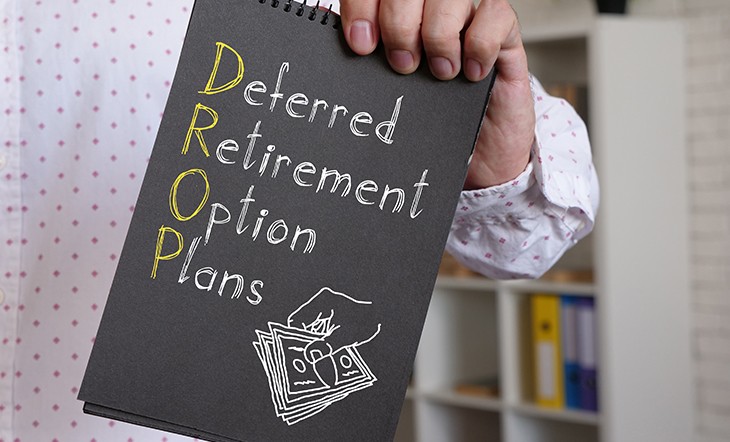


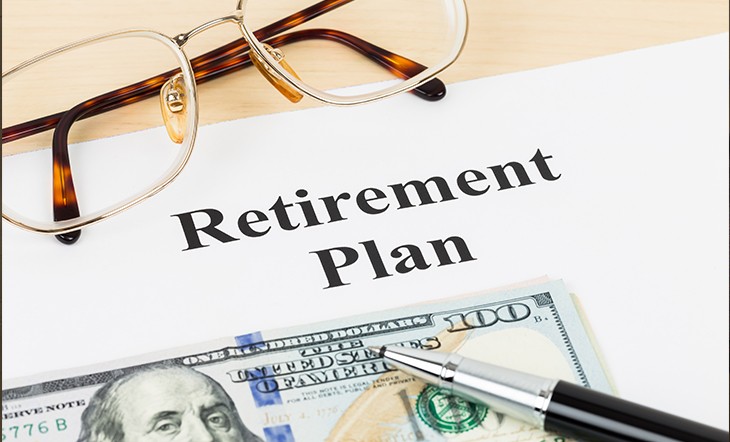
.jpg)
.jpg)

.jpg)



.jpg)





.jpg)
.png)
.jpg)

.jpg)



.jpg)



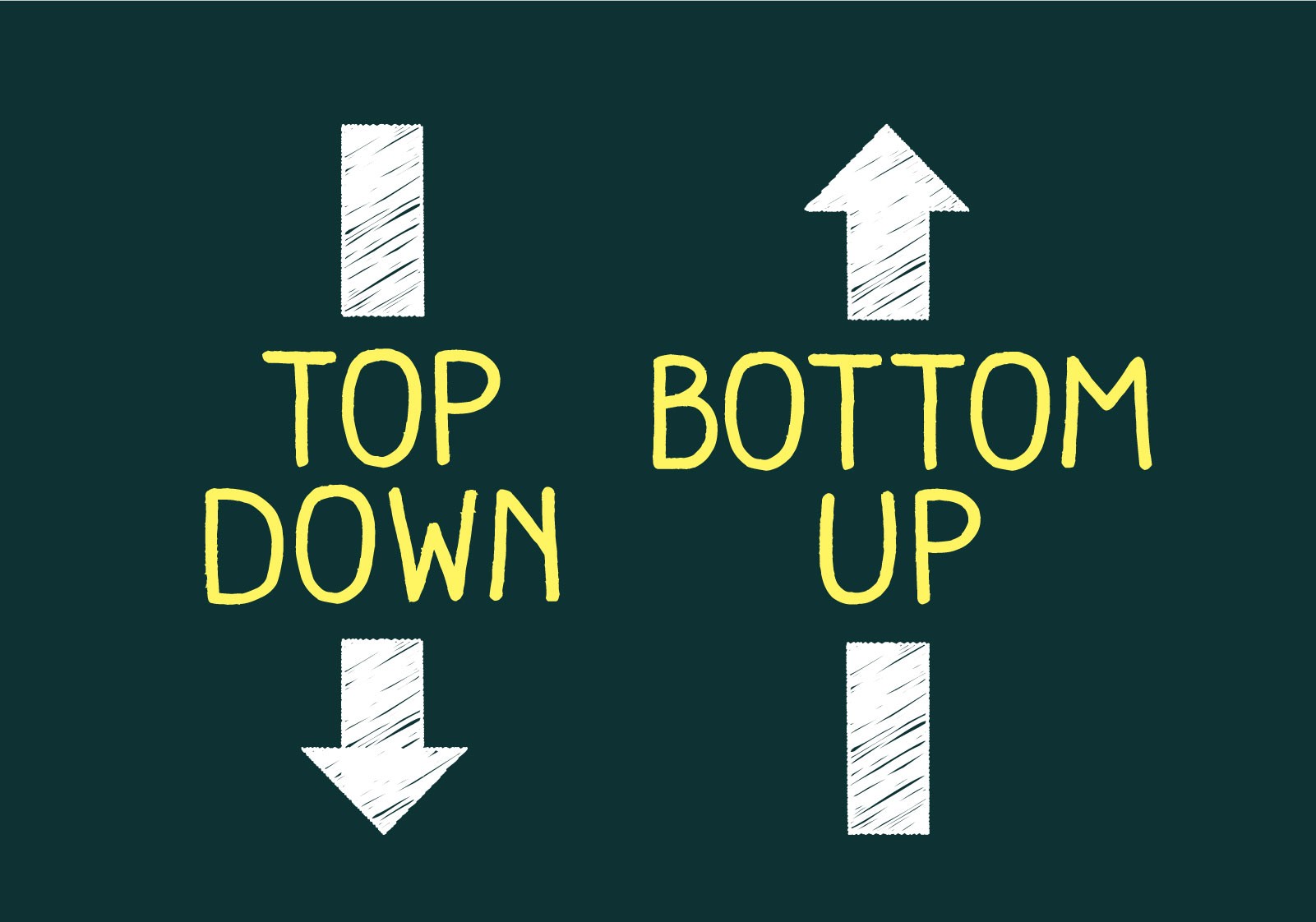

.jpg)

.jpg)


.jpg)
.jpg)
.jpg)
.jpg)

.jpg)
.jpg)



.jpg)




.jpg)
.jpg)


.jpg)
.jpg)
.jpg)
.jpg)
.jpg)

.jpg)

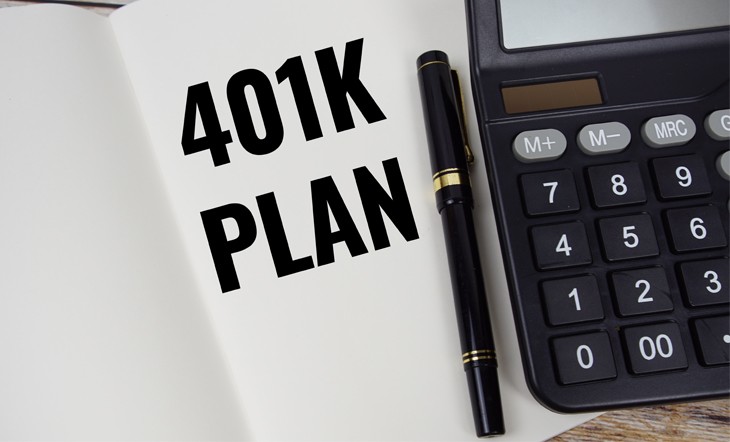


.jpg)
.jpg)

.jpg)

.jpg)
.jpg)
.jpg)

.jpg)

.jpg)













.jpg)



.jpg)

.jpg)




.jpg)











.jpg)


